Why Mediterranean Dry Rubs Are the Secret Weapon of Every Great Grill Master?
Table of Contents
- Introduction: What Makes Mediterranean Dry Rubs So Magical?
- The Roots: Where Did This Flavor Bomb Come From?
- Why Use a Dry Rub? The Benefits Explained
- Key Spices in a Classic Mediterranean Dry Rub
- How to Use a Mediterranean Dry Rub Like a Pro
- Dry Rub Showdown: Store-Bought vs Homemade
- Buying Guide: What to Look For in a Mediterranean Dry Rub
- Spice & Dish Pairings: Match Made in Flavor Heaven
- Conclusion: Spice Up Your Grilling Game Today!
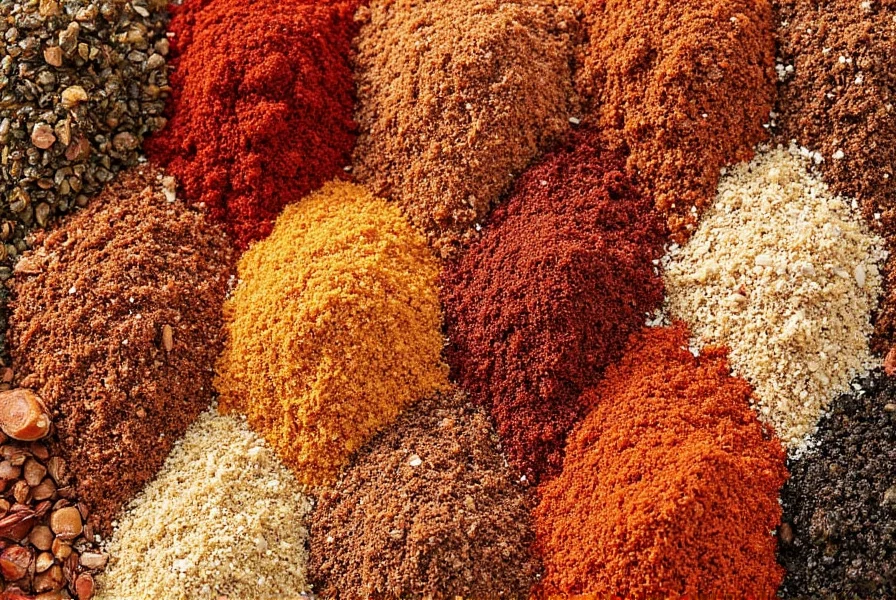
Introduction: What Makes Mediterranean Dry Rubs So Magical?
If you've ever taken a bite of perfectly grilled lamb that tastes like it was kissed by the Aegean breeze, or savored a chicken kebab that somehow transports you to a sun-drenched Greek island, you’ve experienced the magic of a Mediterranean dry rub.
This isn't just about throwing some herbs and salt on meat before cooking. A true Mediterranean dry rub is an art form — a carefully balanced blend of spices that brings out the best in every ingredient without overpowering it.
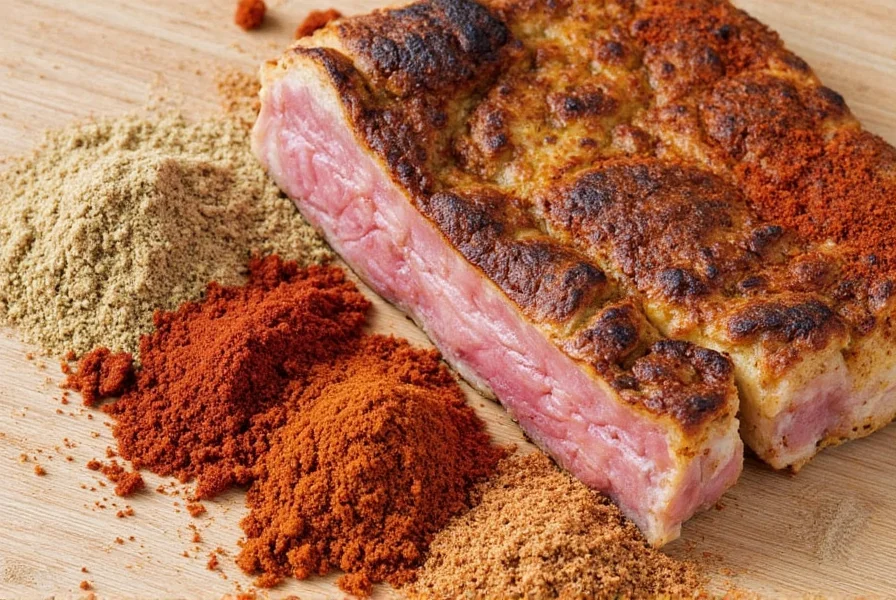
The Roots: Where Did This Flavor Bomb Come From?
The Mediterranean region has been trading and blending spices for thousands of years. Ancient civilizations like the Greeks, Romans, Egyptians, and Phoenicians all played a role in shaping the spice blends we know today.
Dry rubs were originally used as a way to preserve meats before refrigeration became widespread. Over time, these mixtures evolved into flavor-enhancing tools rather than just preservatives. Each country around the sea developed its own signature blend:
- Greece: Oregano-heavy blends with lemon zest
- Turkey: Sumac, thyme, and chili-forward mixes
- Italy: Rosemary and fennel-based rubs for pork
- Morocco: Ras el hanout-infused dry rubs

Why Use a Dry Rub? The Benefits Explained
There are plenty of ways to season food — marinades, sauces, injectables — but dry rubs offer something special:
- They create a delicious crust (called the 'bark') on grilled meats
- They infuse deep flavor without making the surface soggy
- They're easy to store and use
- No need for hours of marinating
- Packaged versions are shelf-stable and portable
Key Spices in a Classic Mediterranean Dry Rub
A good Mediterranean dry rub is more than just dried herbs. Here's what typically goes into a classic blend:
| Spice | Flavor Profile | Best Used On |
|---|---|---|
| Oregano | Earthy, peppery, slightly bitter | Lamb, tomatoes, grilled veggies |
| Thyme | Fragrant, floral, herbal | Chicken, eggplant, breads |
| Rosemary | Piney, bold, aromatic | Pork, potatoes, focaccia |
| Sumac | Tangy, citrusy, bright | Kebabs, salads, dips |
| Garlic Powder | Pungent, savory, umami-rich | Almost anything |
| Salt & Pepper | Enhances natural flavors | All-purpose base |
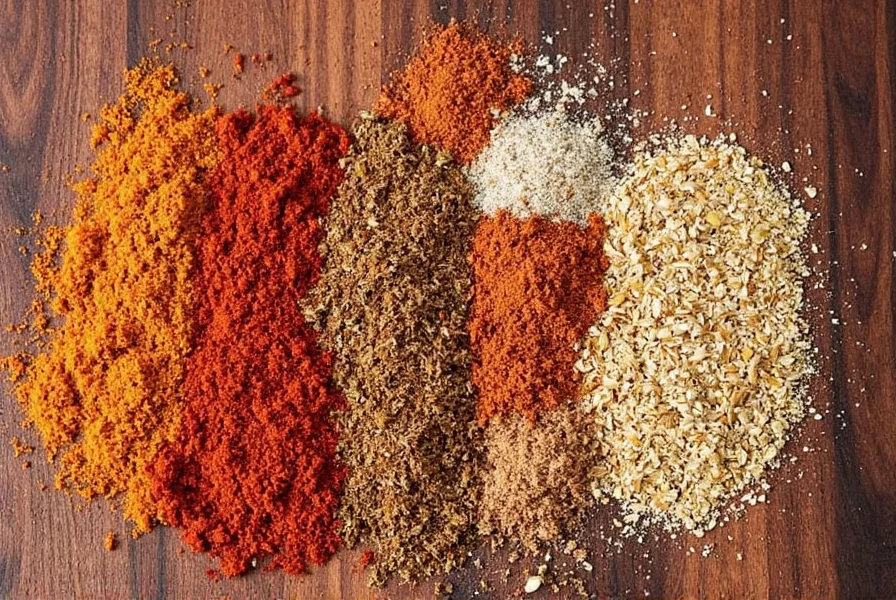
How to Use a Mediterranean Dry Rub Like a Pro
You might think slapping on some spices is enough — but there’s technique involved! Here’s how to get the most out of your rub:
- Clean and dry the protein: Moisture prevents adhesion and flavor absorption.
- Rub it in firmly: Massage the mixture into the meat using circular motions.
- Let it rest: Allow at least 30 minutes (or overnight) for the flavors to penetrate.
- Don’t overdo it: A thin, even layer is better than a thick coat.
- Pair with oil for extra stickiness: Brush olive oil first for better adhesion.
Dry Rub Showdown: Store-Bought vs Homemade
Should you buy ready-made or make your own? Let’s break it down:
| Factor | Store-Bought Rubs | Homemade Rubs |
|---|---|---|
| Convenience | ✅ Easy to grab and go | ❌ Takes time to mix |
| Customization | ❌ Limited options | ✅ Fully customizable |
| Cost per use | 💰 Moderate to high | 💰 Low if buying bulk |
| Shelf life | ⏰ Longer due to packaging | ⏰ 6–12 months max |
| Flavor depth | 😐 Standardized | 😋 Deep, layered, complex |
Buying Guide: What to Look For in a Mediterranean Dry Rub
If you're not up for mixing your own, choosing the right pre-made Mediterranean dry rub can save you time and effort while still delivering big flavor. Here’s how to pick a winner:
Top 5 Picks: Best Mediterranean Dry Rubs
| Product | Features | Pros | Cons | Best For |
|---|---|---|---|---|
| Herbes de la Méditerran | French-inspired blend with thyme, rosemary, lavender | Unique floral notes, perfect for roasting | Not ideal for grilling | Vegetables, roasted poultry |
| Zaatar-Style Rub | Zaatar base with sumac, sesame, oregano | Vibrant, tangy, versatile | Strong flavor may be overwhelming for some | Flatbreads, lamb, yogurt dips |
| Italian Herb Rub | Classic Italian trio: oregano, basil, rosemary | Well-balanced, crowd-pleasing | Lacks punch compared to others | Grilled meats, pasta dishes |
| Lebanese BBQ Rub | Smoky paprika, cumin, garlic powder | Deep, robust flavor, great for red meat | Hard to find outside specialty stores | Beef, lamb, merguez sausages |
| Spanish Saffron Rub | Saffron, smoked paprika, sea salt | Elegant, rich, luxurious taste | Expensive due to saffron content | Seafood, paella, stews |
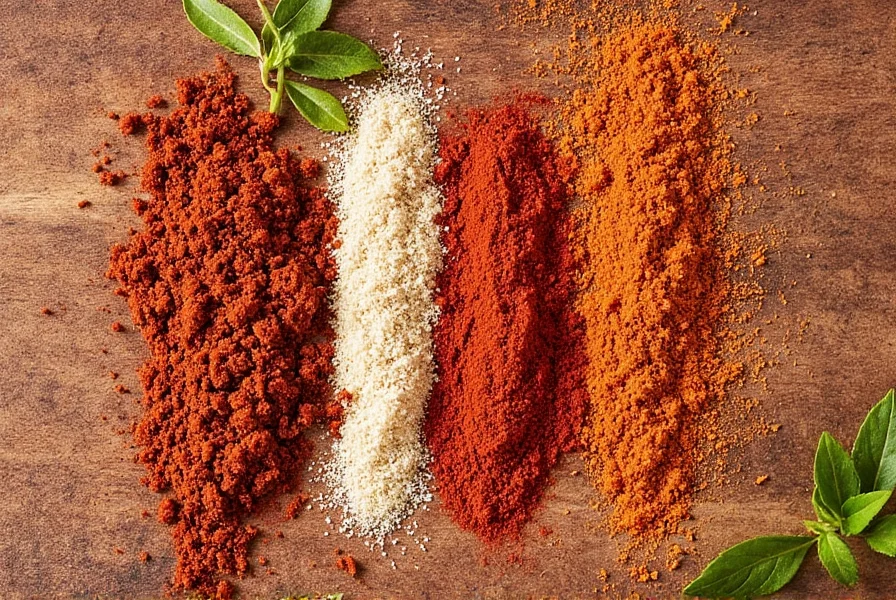
What to Check Before Buying
- Ingredient List: Avoid fillers like anti-caking agents, artificial additives, or excessive salt.
- Region of Inspiration: Is it Greek, Turkish, Moroccan, or a generic blend? Choose based on your dish.
- Spice Ratio: Make sure it doesn’t skew too heavily toward one flavor unless intended.
- Texture: Should be fine enough to stick but coarse enough to add texture.
- Use Case: Some blends are better suited for grilled meats, others for baking or seasoning salads.
Spice & Dish Pairings: Match Made in Flavor Heaven
Want to maximize your Mediterranean dry rub experience? Try these pairings:
| Rub | Protein/Veggie | Perfect With |
|---|---|---|
| Oregano & Lemon Zest | Lamb chops | Feta cheese salad, tzatziki, grilled zucchini |
| Sumac & Chili | Chicken thighs | Hummus wraps, tabbouleh, lemon tahini drizzle |
| Rosemary & Thyme | Pork tenderloin | Roasted potatoes, ratatouille, fig jam glaze |
| Garlic & Fennel | Italian sausage | Polenta, arugula pesto, crusty bread |
| Saffron & Smoked Paprika | Shrimp skewers | Paella rice, aioli, blistered shishito peppers |
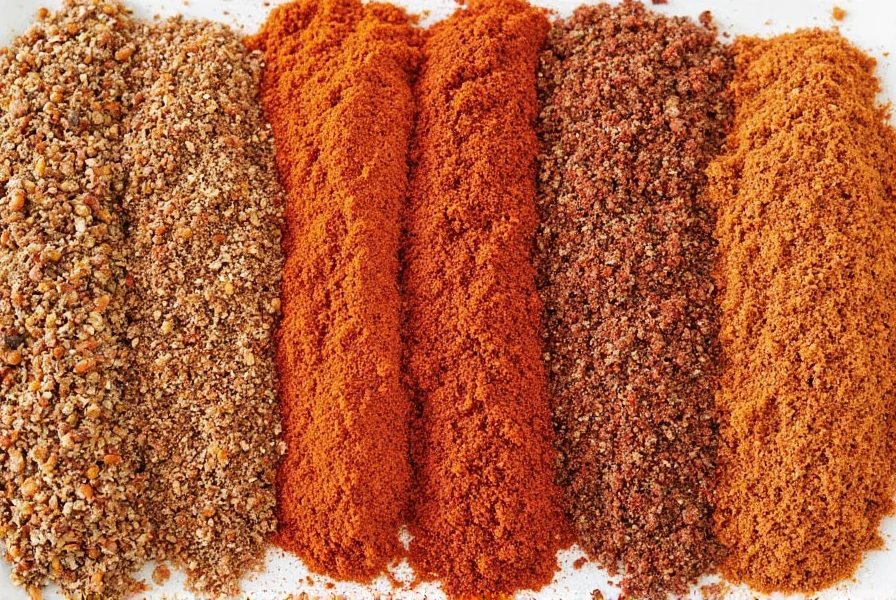
Conclusion: Spice Up Your Grilling Game Today!
Whether you’re a backyard griller looking to impress guests or a pro chef experimenting with global flavors, a quality Mediterranean dry rub is your ticket to deeper, richer, more nuanced flavor profiles.
It’s a gateway spice blend that bridges cultures, connects people through taste, and turns simple ingredients into memorable meals. So next time you fire up the grill, don’t forget the rub — it might just become your new secret weapon.
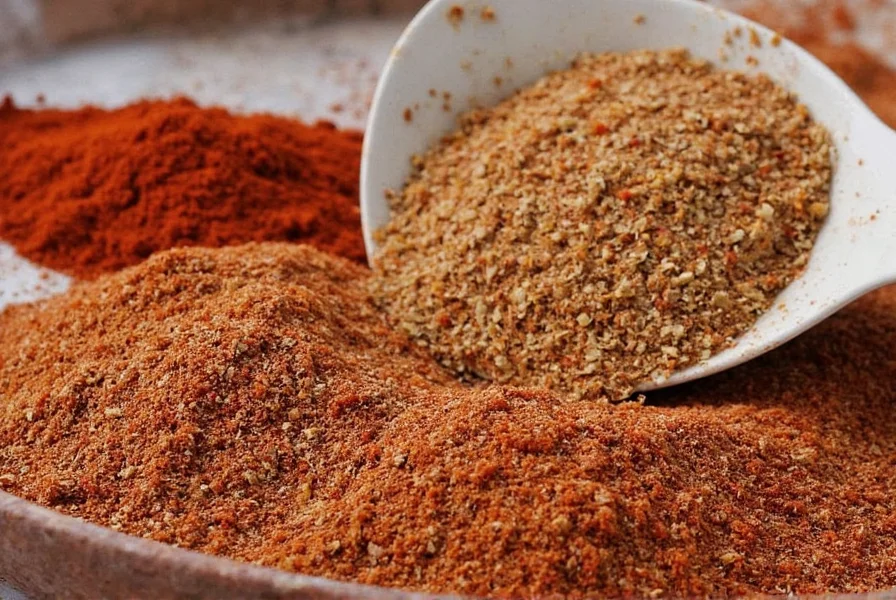
Ready to dive deeper into the world of spices? Explore our other guides on Middle Eastern za’atar, North African ras el hanout, and Spanish pimentón for more global inspiration.

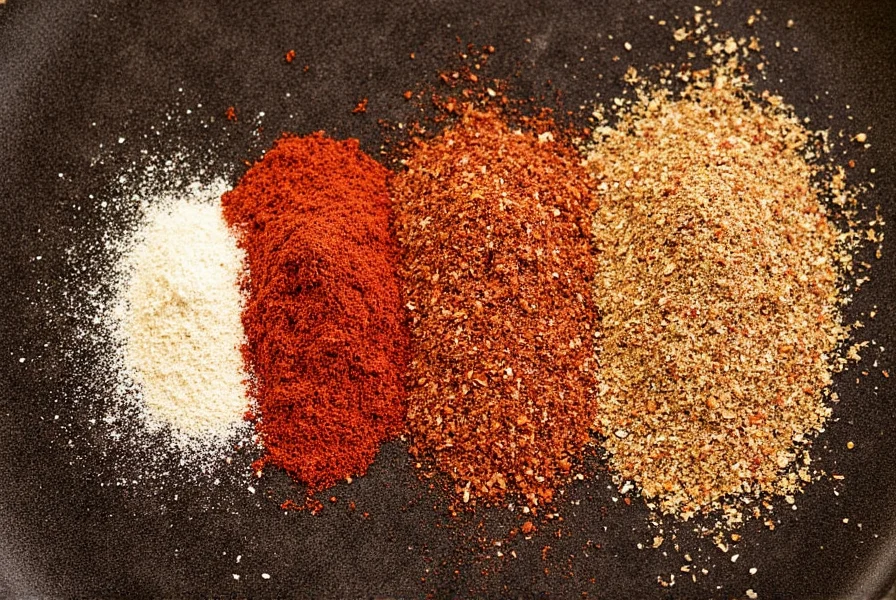









 浙公网安备
33010002000092号
浙公网安备
33010002000092号 浙B2-20120091-4
浙B2-20120091-4